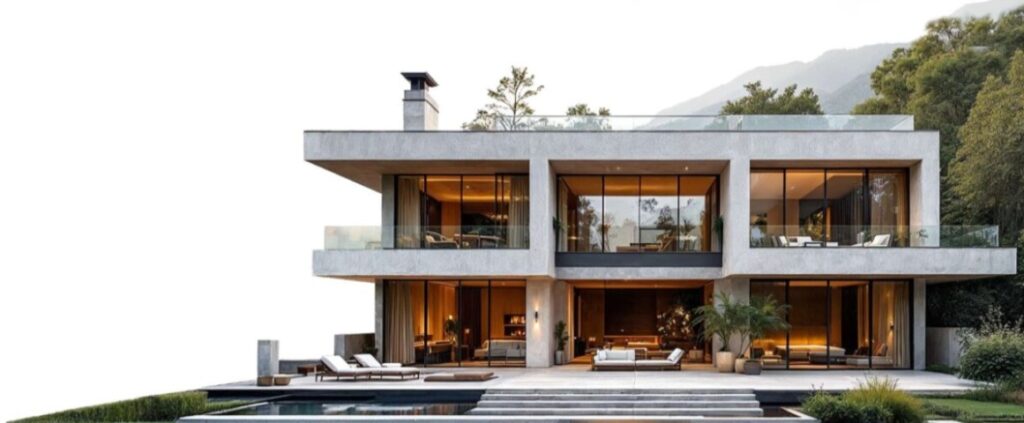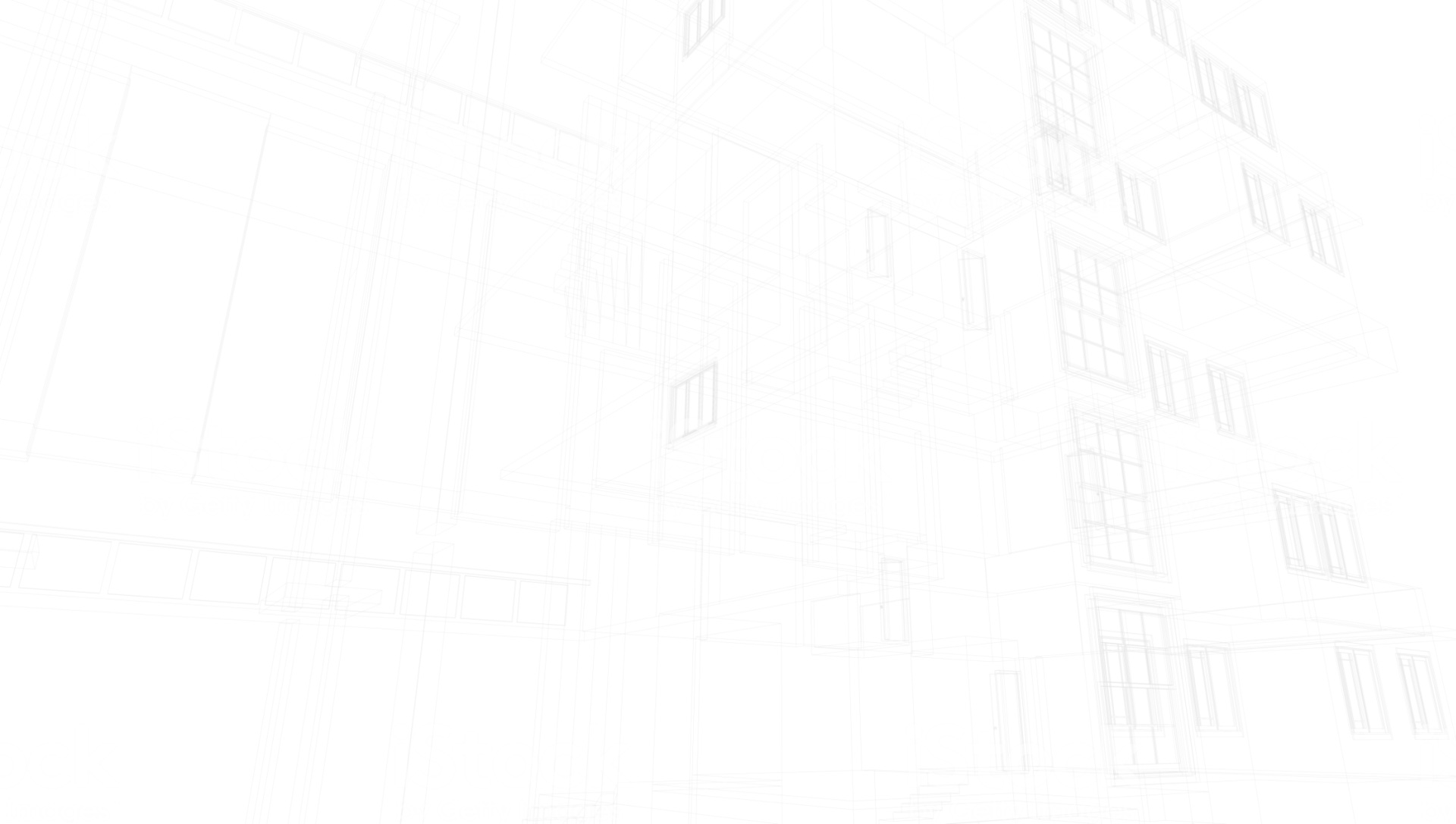How to legally install European windows in the USA
Is it legal to install European windows in the USA, especially in the Northeast? Are you concerned about legal requirements, differences in installation methods, or unique opening styles?
Many of our customers have shared these concerns. Nobody wants to face compliance issues. That’s why we’ve prepared a step-by-step guide to help you integrate European windows into your American project without any problems.
From this article, you’ll learn:
- Why European windows are not only legal but also increasingly popular in the U.S.
- How to verify legal and thermal requirements without overpaying for unnecessary features.
- The importance of coordinating with contractors during the installation process.
- Key differences in window styles between Europe and the U.S., and why they’re not a legal issue.
Tilt & turn windows vs. American installation standards
One of the most noticeable differences between European and American windows is their design and functionality.
European Standard: The tilt & turn window, which opens inward, dominates the market in Europe. This design offers exceptional versatility, allowing for both secure ventilation (tilt mode) and full opening (turn mode).
American Standard: In the U.S., the most common window types are double-hung (sashes slide vertically) and casement windows (hinged and open outward).
Legally, nothing prevents the installation of inward-opening windows like the tilt & turn style in the U.S.
In fact, they often provide:
- better insulation,
- energy efficiency,
- and easier cleaning from the inside.
Their growing popularity is a testament to their functionality and aesthetic appeal.

Ensure your European windows are code-compliant and maximize ROI
Get help importing the highest-value windows from Europe that
fit U.S. flange installation, are code-compliant and boost margins.
See dedicated offer for:
Installation: Style differences are not a barrier
A common concern for U.S. contractors is how to handle the installation of inward-opening windows, which differ from the more familiar outward-opening or sliding styles.
Key points:
Inward-opening is simple: Legally and functionally, there’s no difference. Contractors can install tilt & turn windows as easily as they would install casement or double-hung windows.
Bracket installation: European windows often use brackets instead of the nailing fin common in American construction. This method is equally effective; just ensure your installer is comfortable with the approach. Early communication resolves most concerns.

Verify legal and thermal requirements
While inward-opening windows are fully compliant with U.S. laws, ensuring they meet specific local codes is crucial. For example:
- Building codes: Check egress requirements for bedrooms or escape routes. Tilt & turn windows typically exceed these standards due to their large, unobstructed openings.
- Energy standards: Polish windows often meet or exceed U.S. energy efficiency expectations and can be NFRC certified, ensuring compliance with regional U-Factor and SHGC guidelines.
For more details, explore our article on thermal performance requirements.

Energy efficiency and cost considerations
European tilt & turn windows are designed with advanced thermal performance in mind. Features like multi-chamber profiles, triple glazing, and tight seals help them outperform many American alternatives.
However, not every project needs the most premium features.
Understand your needs: Collaborate with your contractor or supplier to choose windows that meet, but don’t exceed, local energy requirements.
Avoid overpaying: NFRC-certified Polish windows offer cost-effective solutions, ensuring compliance without unnecessary expenses for over-engineered features or big-brand names.

Legal, cost-effective, and high-quality windows from Europe
European windows are fully legal in the Northeastern United States. Polish windows, in particular, stand out due to their exceptional quality and competitive pricing. It helps you gain higher margins and lower costs. You can learn more about this subject with our article about European luxury windows that sell.
Importantly, they can also obtain NFRC certification, ensuring you meet legal requirements while enjoying the benefits of European craftsmanship.
Partnering with a trusted supplier
Choosing a supplier experienced in exporting European windows to the U.S., like debesto, ensures:
- Compliance with all U.S. certifications, including NFRC ratings.
- Guidance on selecting the right style and features for your project.
- A seamless process for import, delivery, and support
Key Takeaways
- European tilt & turn windows are fully legal and compatible with U.S. building standards.
- Their inward-opening design offers enhanced functionality and energy efficiency compared to many American alternatives.
- NFRC certification ensures Polish windows meet strict U.S. energy performance standards, making them a compliant and cost-effective choice.
- Coordinating with your contractor early ensures a smooth installation process, even if the window style differs from local norms.
- For detailed advice on thermal performance requirements, check out our article.
European Windows for Spec Home Builders
- Save up to 50% – Direct from Poland
- On-site Delivery – Seamless Import
- Installation Support Included
Check dedicated offer for:








